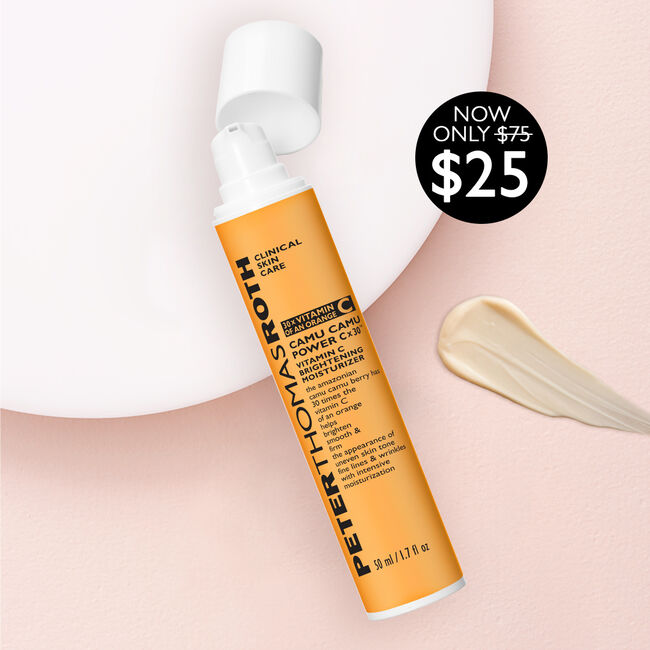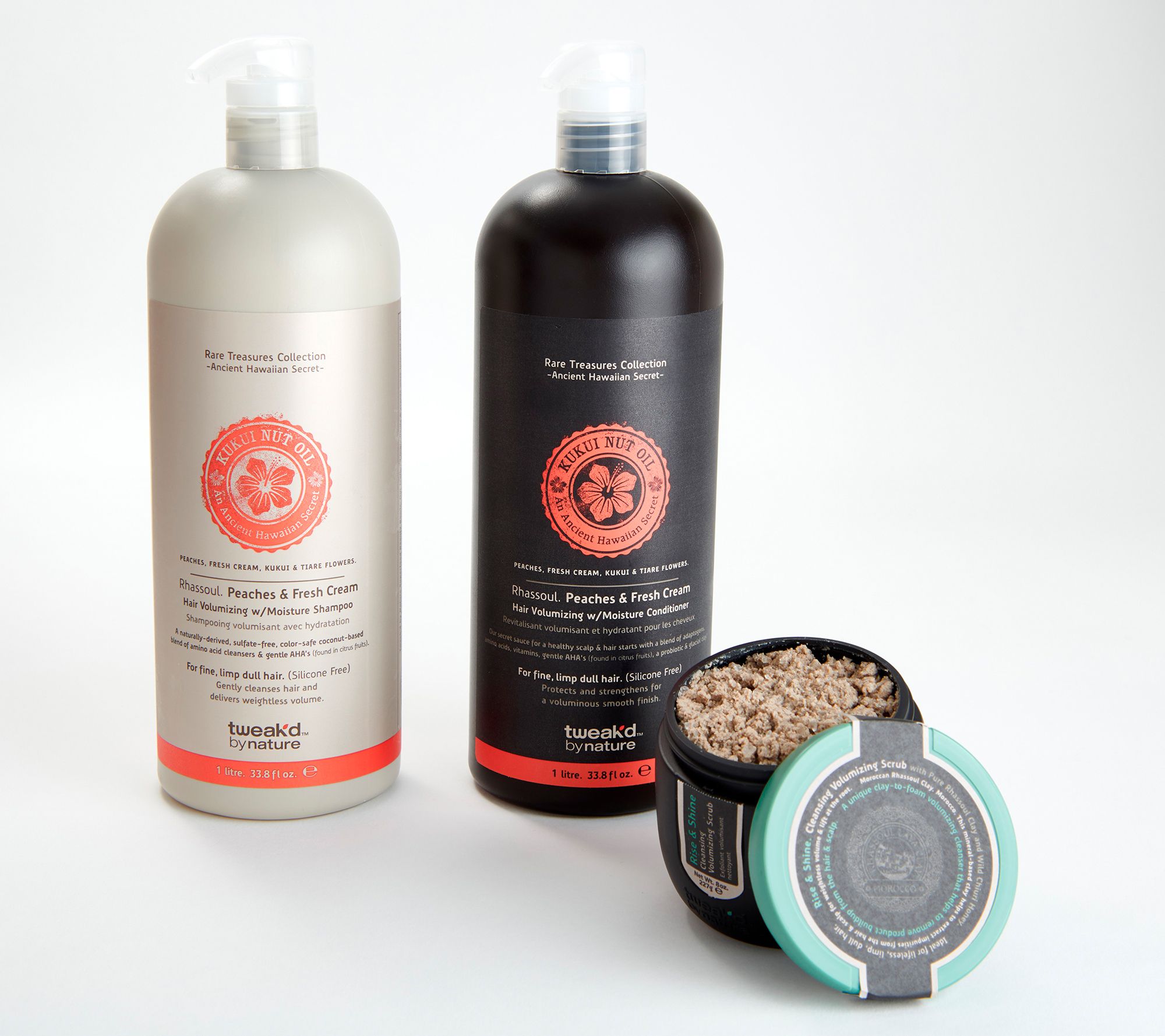Camu Camu Power Cx30 Vitamin C Brightening Moisturizer – 1801075
Powerful antioxidant Camu Camu, four potent anti-aging Peptides and Vitamins A and E help brighten, smooth and firm the appearance of uneven skin tone, fine lines and wrinkles. Intensive moisturizers help improve hydration to leave skin feeling moisturized and nourished.
Powerful antioxidant Camu Camu, four potent anti-aging Peptides and Vitamins A and E help brighten, smooth and firm the appearance of uneven skin tone, fine lines and wrinkles. Intensive moisturizers help improve hydration to leave skin feeling moisturized and nourished.
The Camu Camu berry is a potent superfruit from the Amazon that provides 30 times more Vitamin C per ounce than an average orange. This highly concentrated Vitamin C has stronger absorption properties due to its low molecular weight, allowing it to better penetrate the skin. Powerful antioxidant Camu Camu, four potent anti-aging Peptides and Vitamins A and E help brighten, smooth and firm the appearance of uneven skin tone, fine lines and wrinkles. Intensive moisturizers help improve hydration to leave skin feeling moisturized and nourished.
Directions: Apply twice daily to face and neck with continued use. For external use only.
Additional information
| Ingredients | – Camu Camu Berry |
|---|






by Vickie
PeterThomasRoth products are great for dry skin and I love this product for when I want to feel & look refreshed with no fuss.
by Ballow
This is such a great product! It gives your face a beautiful glow and my face is soft and moist.
by Lisa
This is turning out to be quite a good product. I do love it.
by Edayne
This makes my skin GLOW! I absolutely love it because it has evened out my skin so much that I only put bronzer on for make up.
by Calvery
I love the way it makes my skin feel! And my skin looks fresher and brighter!
by Jodi
I love this moisturizer, it last all day and is not greasy. It leaves my skin feeling soft through the day, very soft and smooth to the touch.
by Gina
Love everything about it! Goes on smooth, doesn’t cause breakouts. Skin is brighter and moisturized.
by Chris
The best moisturizer I ever purchased. 10/10 I have sensitive/combo skin and I tend to break out with new moisturizers but this one holds up.